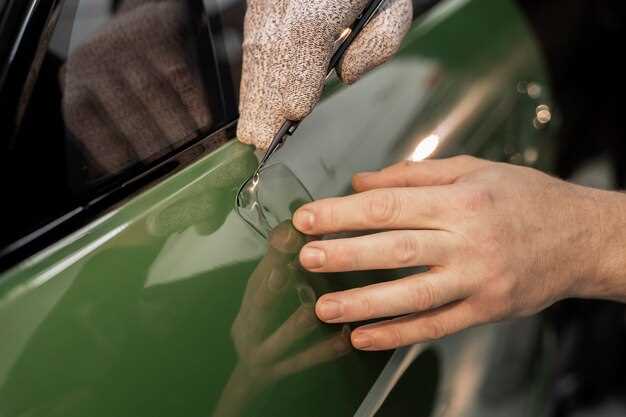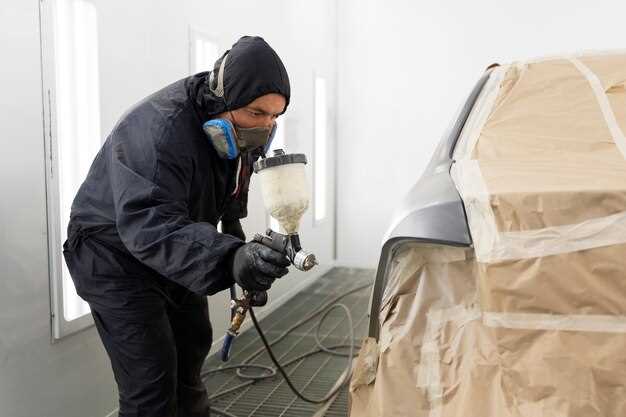
The process of repairing dents in a vehicle often raises concerns regarding the impact on the quality of the car’s paint. Many car owners worry that the techniques used for dent removal might compromise the finish, leading to mismatched colors or the appearance of blemishes. Understanding the relationship between dent repair and paint quality is crucial for anyone considering this type of service.
When a dent occurs, especially in the painted area, the integrity of the paint can be at risk. Several methods exist for dent repair, including paintless dent repair (PDR) and traditional body shop repairs. Each approach has its implications for the surrounding paintwork. Paintless dent repair caters specifically to preserving the original finish, utilizing specialized tools to manipulate the metal back into shape without requiring additional paintwork. This technique minimizes risks to the paint quality significantly.
Conversely, traditional dent repair methods may involve sanding, filling, and repainting. While these techniques can effectively restore a vehicle to its pre-damaged condition, they may introduce variables such as paint gloss, texture, and color matching. Understanding the potential outcomes associated with different dent repair methods is essential for making an informed decision. Taking the time to choose a reputable repair service can ensure that both the dent is fixed and the paint quality is maintained, ultimately preserving the aesthetic appeal of the vehicle.
Understanding the Impact of Dent Removal Techniques on Paint Finish

Dent removal techniques can significantly influence the quality of a car’s paint finish. The method used for removing dents determines whether the paint will remain intact or sustain additional damage. Common techniques include paintless dent repair (PDR), traditional bodywork, and the use of heat or suction devices, each with distinct effects on the paint surface.
Paintless dent repair is a favored method among professionals as it minimizes disruption to the original paint layer. This technique involves gently massaging the metal back into its original shape from behind the panel. Since it doesn’t require repainting, the original paint retains its integrity, gloss, and finish quality. However, this method is only effective for certain types of dents and might not be applicable if the paint is already cracked or chipped.
In contrast, traditional bodywork often necessitates sanding down the paint, applying fillers, and repainting. This process can lead to variations in paint texture and inconsistencies in the color match. Depending on the skill of the technician and the quality of materials used, the final finish may not replicate the factory appearance, potentially reducing the vehicle’s resale value.
Heat and suction devices can also be employed to remove dents, with outcomes that vary based on the technique’s execution. While they can be effective in some instances, improper use may lead to blistering or peeling of the paint, compromising the visual and protective qualities of the finish.
Ultimately, the choice of dent removal technique plays a crucial role in determining the overall outcome on the vehicle’s paint finish. Car owners should consider the extent of damage, the specific technique being applied, and its potential implications on the paint before proceeding with repairs. Consulting with experienced professionals can help ensure that the dent removal process preserves the quality of the vehicle’s finish while restoring its appearances.
Assessing the Risks of Paint Damage During Dent Repairs

When it comes to dent repairs, the primary concern for many vehicle owners is not only to restore the shape of their car but also to maintain the integrity of the paint job. Various methods for dent removal exist, each carrying its own risks regarding potential paint damage.
A common method, paintless dent repair (PDR), relies on specialized tools to manipulate the metal from behind the panel. While PDR is adept at maintaining the original paint, it can still pose risks, particularly if the technician lacks experience. Incorrect pressure or technique may lead to uneven surfaces, resulting in paint cracks or even flaking.
Traditional dent repair methods usually involve filling, sanding, and repainting. This process inherently carries higher risks, as it directly alters the paint layer. Proper masking and careful blending are crucial to avoid overspray, which can create an unsightly finish. If the base coat is damaged, the repair may require a complete repaint, significantly affecting the vehicle’s appearance and value.
The type of paint used on modern vehicles also influences the risk of damage during repairs. Many contemporary automotive paints are sensitive to heat, making it essential to monitor temperatures during dent removal processes. Excessive heat can warp panels or cause paint to bubble, leading to further aesthetic issues.
Additionally, the age of the vehicle can determine how resilient the paint is to repair methods. Older paint may become more brittle over time, increasing the likelihood of cracks and chips during dent removal. Therefore, assessing the condition of the car’s paint prior to beginning any repair is vital.
To minimize the risk of paint damage, it is advisable to choose a reputable repair shop with qualified technicians. Asking for references and reviewing past work can help ensure that the repair process will preserve the car’s finish. Employing the right techniques and tools, along with an understanding of the vehicle’s specific paint characteristics, can significantly mitigate the risks of damage during dent repairs.
Maintaining Your Car’s Paint After Dent Repair: Best Practices
After completing a dent repair, maintaining the quality of your car’s paint is crucial for ensuring its longevity and appearance. Follow these best practices to protect your vehicle’s finish.
First, allow the freshly repaired area to cure completely. This may take several days, depending on the type of paint used and environmental conditions. Refrain from washing the car or exposing it to extreme conditions during this time to avoid damaging the new paint.
Once the curing period is over, wash your car regularly with a pH-balanced car soap. Avoid automatic car washes that use harsh brushes; instead, use microfiber cloths or soft sponges to gently clean the surface. This reduces the risk of scratching the paint.
Protection is key to maintaining your car’s appearance. Apply a high-quality wax or sealant to the repaired area. This creates a barrier against contaminants, UV rays, and moisture. Waxing every three months can significantly enhance shine and protect the paint.
Inspect the repair area regularly for signs of wear or damage. Look for any variations in texture or color that could indicate a problem. If you notice anything unusual, consult with your repair technician immediately to address potential issues.
Avoid parking in direct sunlight for extended periods, as UV rays can damage paint over time. Use car covers or shaded parking whenever possible to minimize exposure and wear.
Lastly, be mindful of environmental factors such as bird droppings, tree sap, and road salt. Clean these substances off your car promptly to prevent damage. Using a clay bar treatment occasionally can help remove embedded contaminants and maintain a smooth surface.
By following these best practices, you can ensure that your car’s paint remains in excellent condition long after dent repair, preserving both its aesthetic appeal and value.

